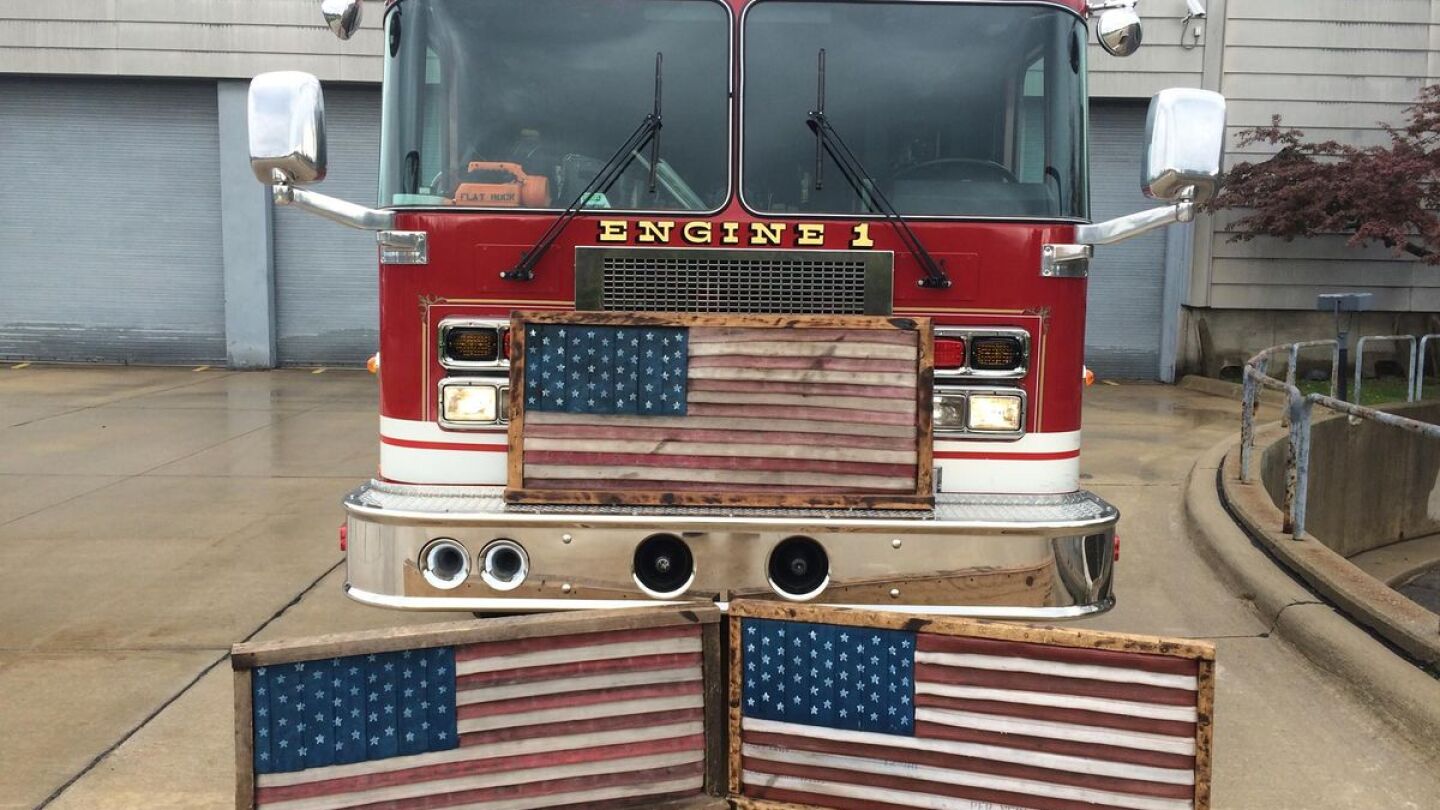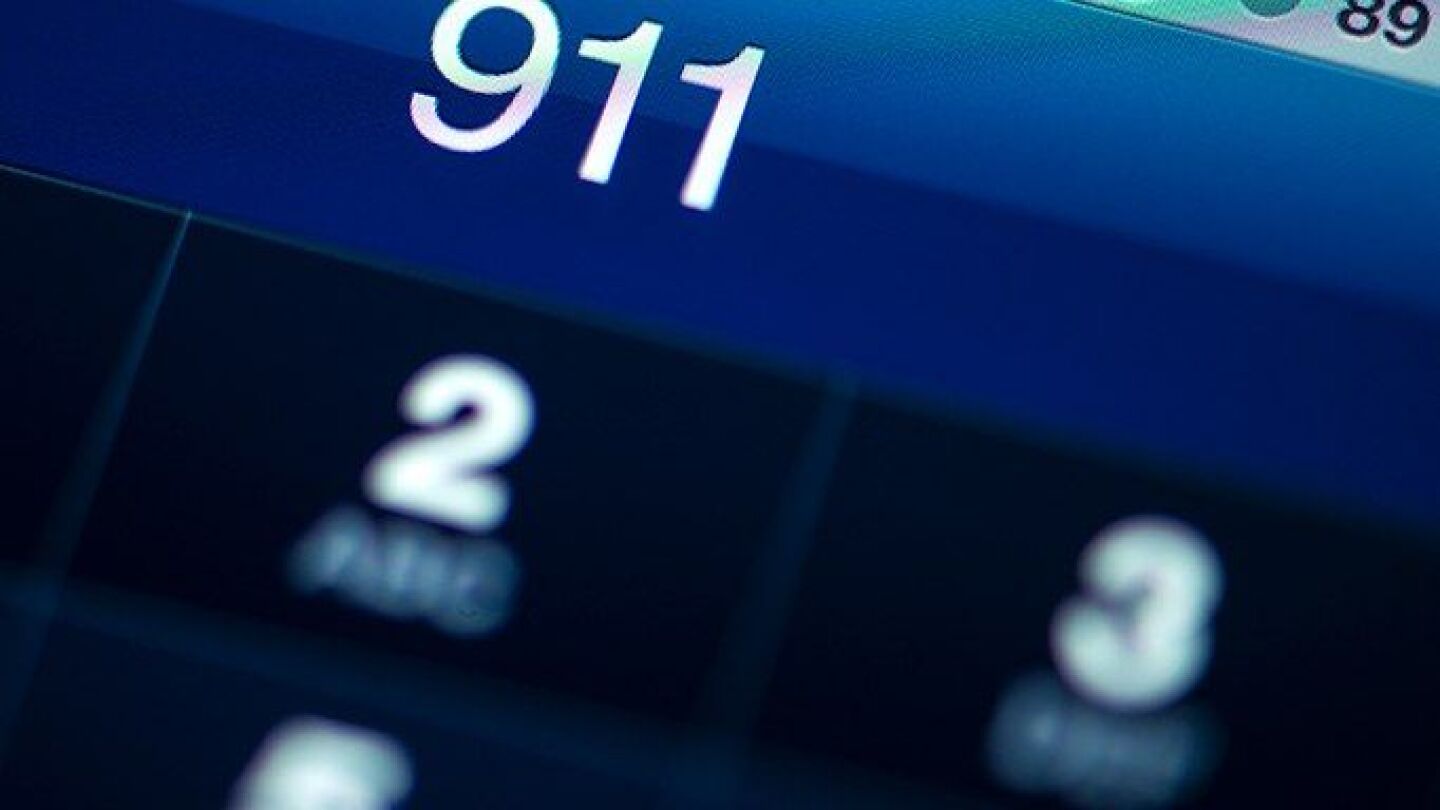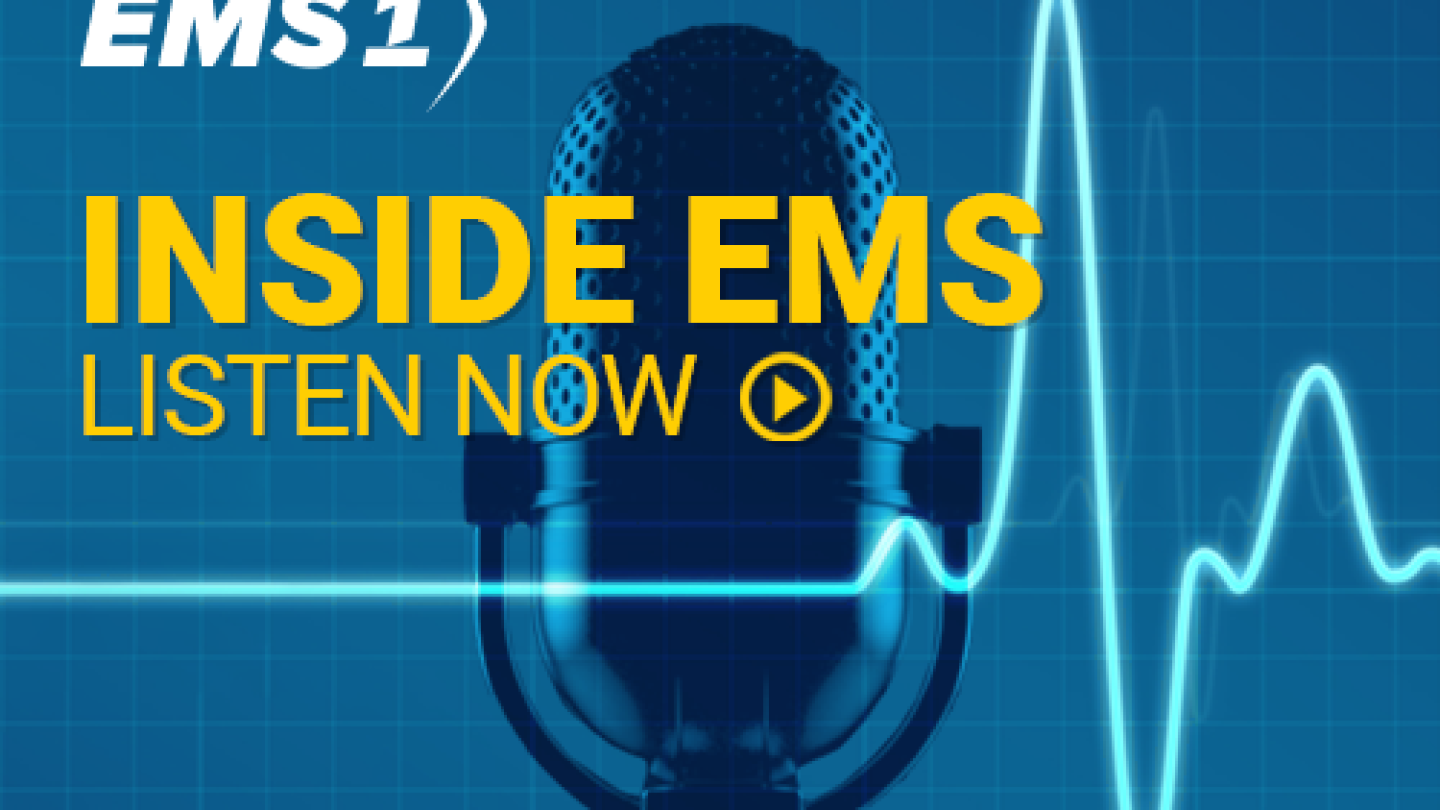911 and Dispatch
Explore our comprehensive collection of articles on 911 and Dispatch, designed to support the EMS workforce in optimizing emergency response. This directory covers essential topics such as call handling, communication protocols, and technology advancements in dispatch centers. Understanding the role of 911 and Dispatch in emergency services is crucial for effective operations. Additionally, you may find insights into related topics like EMS communication systems, which further enhance your team’s efficiency. Stay informed and improve your emergency response strategies with these valuable resources.
Bill Kinch, sales engineer for Priority Dispatch, shares his tip for improving resource deployment
In this episode, our co-hosts discuss EMS1 columnist Todd Bowman’s latest article focused on building confidence in new providers
Review how your own community prepares for special events for these essential elements
The measure authorizes the purchase of 3,700 handheld radios for every police officer in Delaware County as well as most fire and EMS personnel
With a partly crushed skull and a broken jaw, J.C. La Verde kept swimming until he reached safety
Esteemed fire chief and EMS lieutenant share lessons learned from community paramedicine program
Austin’s 911 Mental Health Diversion Program is getting the right resources to mental health crisis and lowering arrest rates
Officials are investigating the delay, and the patient died several hours after the crew was on scene
City administrators in Miami County are concerned about increased staffing and cost issues in EMS and fire operations
Geospatial routing, also called location-based routing, uses GPS information and other data and has been around for a few years
Sevyn Schatzman-Chase was two days old when she stopped breathing; her mother dialed 911 and her father started chest compressions
Steve Cline suffered cardiac arrest and did not regain consciousness for three days, but he said “the biggest miracle is that my brain is OK”
Lakewood EMS’ STEADI initiative aims to reduce the number of calls related to senior citizen falls
Polk County Fire Rescue Engineer/EMT Chris Varner’s daughter Paisley called 911, then her dad, to ask how to help the unconscious adult before EMS arrived
3,213 EMS providers speak up about job satisfaction, effective leadership, safety and innovation in the EMS Trend Survey
Greene County managers were charged with tampering with public records, tampering with or fabricating evidence and obstruction
Tucson officials also back a set of proposed reforms of the nation’s 911 system, which include creating a cabinet-level position to report to the president
The Coast Guard, the Sheriff’s Office Marine Unit, Monroe Community Ambulance and multiple area fire departments responded
Owensboro Fire Chief James Howard said, “our call volume has gone up and up,” and responding to non-emergency calls wears down crewmembers
FirstNet’s Paul Patrick on resolving communication challenges during MCIs, pandemic response
Chief Joe Schrage said 30+ firefighters responded, EMS providers transported 24 people, and the department made trauma counselors available
Dispatcher Leon Price repeatedly asked the daughter of Diania Kronk whether Kronk would be willing to be transported; she died a day later
About $450,000 will go to nonprofits that focus on EMT training for young people of color, and $300,000 will go to Interface Children and Family Services
The public shouldn’t have to roll the dice about their emergency services, wondering who’s going to show up
Kelly D. Titchenell said her mother, Diana L. Kronk, 56, was jaundiced, incoherent and bleeding, but EMS providers were not told to respond
Our Inside EMS co-hosts welcome Lt. Ken Howell and Firefighter Mackenzie Gross to share about the Lexington Fire Department’s CP program
Albany organizations have in-house counselors and debriefing sessions
A passenger from the Missouri Amtrak derailment shares details of the response involving nearly 20 local and state agencies
Response times are longer, but interim director Roberto Lujan said calls are being answered in a timely manner and that he can fill the open positions
In this episode, our co-hosts discuss a recent proposal from NREMT that could affect certification requirements for providers at all levels
A project titled “Next Generation 9-1-1 Media and Your Telecommunicators’ Mental Health” won Navigator 2022 Research Poster of the Year
In this episode, our co-hosts break down bodycam video from the City of Dallas after a patient died while in police custody during a Dallas Fire-Rescue ambulance transport
Local public safety leaders are calling for improvements and redundancies in the communications system
MOST POPULAR
- Accidental 911 calls increase with new iPhone crash detection technology
- Keep your cliches and lose the labels
- Arrogant leadership: Are you alienating your workforce?
- Tipping the traditional EMS service model on its head with Welsh Ambulance Service
- 5 triage lessons learned from the Boston Marathon Bombing





























